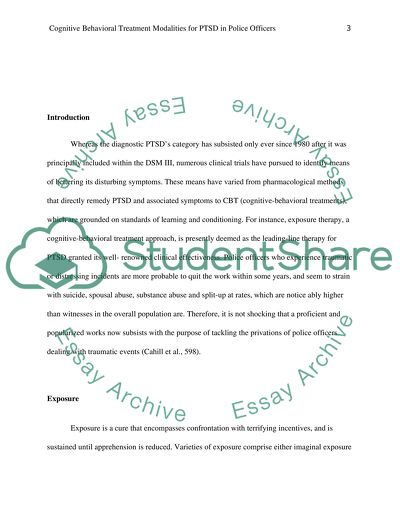Cite this document
(“Cognitive Behavioral Treatment Modalities For PTSD In Police Officers Term Paper”, n.d.)
Retrieved from https://studentshare.org/psychology/1467066-cognitive-behavioral-treatment-modalities-for-ptsd
Retrieved from https://studentshare.org/psychology/1467066-cognitive-behavioral-treatment-modalities-for-ptsd
(Cognitive Behavioral Treatment Modalities For PTSD In Police Officers Term Paper)
https://studentshare.org/psychology/1467066-cognitive-behavioral-treatment-modalities-for-ptsd.
https://studentshare.org/psychology/1467066-cognitive-behavioral-treatment-modalities-for-ptsd.
“Cognitive Behavioral Treatment Modalities For PTSD In Police Officers Term Paper”, n.d. https://studentshare.org/psychology/1467066-cognitive-behavioral-treatment-modalities-for-ptsd.


